What is Method of Levels (MOL) Therapy?
Method of Levels (MOL) therapy is an innovative psychotherapeutic approach that focuses on helping individuals resolve internal conflicts and achieve their goals. Developed by Dr. Timothy Carey, MOL is based on Perceptual Control Theory (PCT), which posits that human behavior is driven by the control of perceptions rather than by external stimuli or reinforcement.
MOL therapy aims to help clients become aware of their higher-level goals and resolve conflicts between different levels of control within their cognitive hierarchy. By facilitating this process, MOL therapists help clients achieve greater psychological flexibility and well-being.
Who Created Method of Levels Therapy and What’s Their Background?
Dr. Timothy Carey, the founder of MOL therapy, is an Australian psychologist and researcher. His academic journey began at the University of Queensland, where he earned his undergraduate degree in psychology. Dr. Carey went on to complete his Ph.D. at the University of Queensland, focusing on the application of Perceptual Control Theory to psychotherapy.
Dr. Carey’s interest in PCT and its potential applications in therapy was sparked during his graduate studies. He was particularly influenced by the work of William T. Powers, the originator of PCT, and saw the potential for developing a new therapeutic approach based on these principles.
Throughout his career, Dr. Carey has held various academic positions, including Professor of Clinical Psychology at Flinders University in Australia and Director of the Centre for Remote Health in Alice Springs. His work has been pivotal in developing and promoting MOL therapy as a unique and effective approach to mental health treatment.
How Was Method of Levels Therapy Developed?
The development of MOL therapy was a gradual process that evolved from Dr. Carey’s deep engagement with Perceptual Control Theory and his clinical experience. The key milestones in the development of MOL include:
- Late 1990s: Dr. Carey begins exploring the application of PCT to psychotherapy during his doctoral studies.
- 2001: Dr. Carey publishes his first paper on MOL in the journal “The Psychologist.”
- 2006: The book “The Method of Levels: How to Do Psychotherapy Without Getting in the Way” is published, providing a comprehensive guide to MOL therapy.
- 2010s: Numerous research studies and clinical trials are conducted to evaluate the effectiveness of MOL therapy.
- 2015: The International Association for the Study of the Method of Levels (IASML) is established to promote research and training in MOL therapy.
What Are the Core Assumptions and Tenets of Method of Levels Therapy?
MOL therapy is built on several key assumptions and principles derived from Perceptual Control Theory:
- Control as the primary purpose of behavior: MOL posits that individuals act to control their perceptions, not to respond to external stimuli.
- Hierarchical organization of goals: The therapy assumes that human goals and perceptions are organized in a hierarchical manner, with higher-level goals influencing lower-level ones.
- Conflict as the source of distress: Psychological distress is viewed as arising from conflicts between different levels of control within an individual’s cognitive hierarchy.
- Reorganization as the mechanism of change: MOL therapy facilitates natural reorganization processes to help clients resolve conflicts and achieve their goals.
- Focus on present awareness: The therapy emphasizes helping clients become aware of their current thought processes and higher-level goals.
- Non-directive approach: MOL therapists aim to facilitate the client’s own problem-solving process rather than providing direct advice or solutions.
Is Method of Levels Therapy Evidence-Based?
While MOL therapy is relatively new compared to some other therapeutic approaches, there is a growing body of evidence supporting its effectiveness. Several studies have shown promising results for MOL in treating various mental health conditions:
- A randomized controlled trial published in the Journal of Consulting and Clinical Psychology (2015) found that MOL was as effective as cognitive-behavioral therapy (CBT) in treating depression.
- A pilot study in the Australian and New Zealand Journal of Psychiatry (2018) demonstrated the potential of MOL in treating anxiety disorders.
- A case series published in Clinical Psychology & Psychotherapy (2020) showed positive outcomes for MOL in treating complex trauma.
However, it’s important to note that more large-scale, randomized controlled trials are needed to fully establish the efficacy of MOL across a wide range of mental health conditions. The subjective nature of some aspects of MOL therapy can make it challenging to conduct highly controlled empirical studies, but researchers are continually working to develop rigorous methodologies for evaluating its effectiveness.
What Psychotherapy Models Are Similar to Method of Levels Therapy?
While MOL therapy is unique in its application of Perceptual Control Theory, it shares some similarities and theoretical overlaps with other psychotherapy models:
- Person-Centered Therapy: Like MOL, person-centered therapy emphasizes the client’s capacity for self-direction and growth.
- Mindfulness-Based Therapies: MOL’s focus on present awareness aligns with mindfulness-based approaches.
- Metacognitive Therapy: Both MOL and metacognitive therapy focus on higher-level cognitive processes.
- Solution-Focused Brief Therapy: MOL shares a future-oriented, goal-focused approach with solution-focused brief therapy.
- Acceptance and Commitment Therapy (ACT): Both MOL and ACT emphasize psychological flexibility and value-driven behavior.
- Internal Family Systems Therapy: MOL’s concept of conflicting internal goals shares some similarities with IFS’s idea of “parts.”
- Cognitive Behavioral Therapy (CBT): While different in approach, both MOL and CBT focus on cognitive processes and their impact on behavior.
How Does Method of Levels Therapy Conceptualize Trauma, the Unconscious, and Identity?
Trauma
MOL views trauma not as a specific event but as a disruption in an individual’s ability to control important perceptions. Traumatic experiences are seen as creating conflicts within the person’s control hierarchy, leading to ongoing distress. The therapy aims to help clients reorganize their control systems to resolve these conflicts and regain a sense of control over their perceptions.
The Unconscious
While MOL doesn’t explicitly focus on the unconscious in the Freudian sense, it acknowledges that many control processes operate outside of conscious awareness. The therapy aims to bring higher-level goals and conflicts into awareness, allowing for reorganization and resolution.
Identity and Self
MOL conceptualizes identity and self as emergent properties of an individual’s control hierarchy. The sense of self is seen as a high-level perception that is controlled and maintained through various lower-level control systems. MOL therapy can help clients become aware of and potentially reorganize aspects of their identity that may be contributing to psychological distress.
What Are the Interventions and Techniques Used in Method of Levels Therapy?
MOL therapy employs several key interventions and techniques to facilitate the therapeutic process:
1. Curiosity Questions
The therapist asks open-ended questions to help the client explore their thoughts and perceptions. For example:
- “What’s on your mind right now?”
- “What do you make of that thought?”
- “How does that idea connect to what you were saying earlier?”
2. Redirecting Attention
The therapist helps the client shift their attention to higher levels of their control hierarchy by asking about their thoughts about their thoughts. For example:
- “What do you think about having that thought?”
- “How do you feel about feeling that way?”
3. Noticing Disruptions
The therapist pays close attention to disruptions in the client’s speech or behavior, which may indicate conflicts or important areas to explore. They might say:
- “I noticed you paused there. What was going through your mind?”
- “Your expression changed when you mentioned that. What were you experiencing?”
4. Encouraging Elaboration
The therapist prompts the client to expand on their thoughts and experiences. For example:
- “Can you tell me more about that?”
- “What else comes to mind when you think about that?”
5. Reflecting Content and Process
The therapist summarizes or reflects back what the client has said, both in terms of content and the process of their thinking. This might sound like:
- “It seems like you’re grappling with two conflicting ideas here…”
- “I notice you’ve mentioned this concept several times. How important is it to you?”
6. Supporting Natural Reorganization
Rather than offering direct solutions, the therapist supports the client’s natural problem-solving processes. They might say:
- “How do you think you might resolve this conflict?”
- “What ideas come to mind when you consider this problem?”
7. Focusing on Present Awareness
The therapist helps the client stay focused on their current thoughts and experiences. For example:
- “What are you aware of right now as we discuss this?”
- “How are you experiencing this conversation in this moment?”
8. Exploring Background Thoughts
The therapist encourages the client to notice and explore thoughts that might be in the background of their awareness. They might ask:
- “Are there any other thoughts or ideas hovering in the background as we talk about this?”
- “What else is on your mind, even if it doesn’t seem directly related?”
9. Identifying Higher-Level Goals
The therapist helps the client become aware of their higher-level goals and how they relate to their current concerns. They might ask:
- “What’s really important to you about this situation?”
- “If you could achieve your ideal outcome here, what would that look like?”
10. Exploring Conflicting Goals
The therapist helps the client identify and explore conflicts between different goals or values. For example:
- “It seems like part of you wants X, but another part wants Y. How do you make sense of that?”
- “How do these different goals or values interact with each other?”
What Are the Goals and Stages of Treatment in Method of Levels Therapy?
The primary goal of MOL therapy is to help clients resolve internal conflicts and achieve greater psychological flexibility. This is accomplished through several stages:
- Awareness Building: The initial stage focuses on helping clients become more aware of their thoughts, feelings, and internal processes.
- Conflict Identification: The therapist helps the client identify conflicts between different levels of their control hierarchy.
- Exploration of Higher-Level Goals: The therapy encourages clients to become aware of their higher-level goals and how they relate to their current concerns.
- Facilitation of Reorganization: As clients become more aware of their internal conflicts and higher-level goals, the therapy supports natural reorganization processes.
- Integration and Flexibility: The final stage involves helping clients integrate their new insights and develop greater psychological flexibility.
Unlike some therapies, MOL doesn’t have a fixed number of sessions or a rigid treatment plan. The process is guided by the client’s natural problem-solving and reorganization processes.
In What Contexts Is Method of Levels Therapy Usually Practiced?
MOL therapy is versatile and can be applied in various contexts:
- Individual therapy sessions in outpatient settings
- Group therapy settings
- Brief interventions in primary care settings
- Telehealth and online therapy platforms
- Educational settings for personal development
- Coaching and performance enhancement contexts
- Crisis intervention and short-term counseling
Its flexibility and focus on present awareness make it adaptable to different therapeutic environments and client needs.
What Is Unique and Different About Method of Levels Therapy?
Several aspects make MOL therapy unique:
- Focus on Control: Unlike many therapies that focus on changing thoughts or behaviors, MOL emphasizes understanding and resolving conflicts in the client’s control systems.
- Non-directive Approach: MOL therapists aim to facilitate the client’s natural problem-solving processes rather than providing direct advice or solutions.
- Present-focused Awareness: While acknowledging the importance of past experiences, MOL primarily focuses on the client’s current thought processes and perceptions.
- Hierarchical Goal Structure: MOL’s understanding of goals as hierarchically organized provides a unique framework for understanding psychological distress and well-being.
- Emphasis on Reorganization: The therapy trusts in the client’s innate ability to reorganize their cognitive processes when given the right conditions.
- Flexibility in Application: MOL can be applied to a wide range of psychological issues without requiring extensive problem-specific protocols.
How Might Forgotten Techniques from Method of Levels Therapy Be Relevant to Modern Practice?
While MOL is a relatively new therapy, some of its core principles and techniques might be overlooked in contemporary practice. Integrating these elements could enhance modern therapeutic approaches:
- Curiosity-Driven Questioning: MOL’s emphasis on curious, open-ended questioning could be valuable in many therapeutic contexts, encouraging deeper exploration of clients’ experiences.
- Focus on Present Awareness: While mindfulness has gained popularity, MOL’s specific technique of redirecting attention to current thought processes could be more widely applied.
- Exploration of Background Thoughts: Paying attention to peripheral or background thoughts, as emphasized in MOL, could uncover important insights in various therapeutic modalities.
- Non-Directive Problem-Solving: MOL’s trust in the client’s natural problem-solving abilities could be more widely adopted, empowering clients across different therapeutic approaches.
- Hierarchical Goal Exploration: Understanding clients’ issues in terms of conflicting hierarchical goals could provide new perspectives in cognitive-behavioral and psychodynamic therapies.
- Process-Focused Interventions: MOL’s focus on the process of thinking, rather than just the content, could be valuable in many therapeutic contexts.
- Flexibility in Session Structure: MOL’s adaptable approach to session length and frequency could inspire more flexible therapeutic formats in other modalities.
By integrating these elements, modern therapists could enhance their practice with MOL’s unique insights while maintaining their primary theoretical orientation.
Bibliography and Further Reading
- Carey, T. A. (2006). The Method of Levels: How to Do Psychotherapy Without Getting in the Way. Living Control Systems Publishing.
- Carey, T. A., Mansell, W., & Tai, S. J. (2015). Principles-Based Counselling and Psychotherapy: A Method of Levels Approach. Routledge.
- Powers, W. T. (1973). Behavior: The Control of Perception. Aldine Transaction.
- Mansell, W., Carey, T. A., & Tai, S. J. (2013). A Transdiagnostic Approach to CBT Using Method of Levels Therapy: Distinctive Features. Routledge.
- Carey, T. A., & Mullan, R. J. (2008). Evaluating the Method of Levels. Counselling Psychology Quarterly, 21(3), 247-256.
- Higginson, S., & Mansell, W. (2008). What is the Mechanism of Psychological Change? A Qualitative Analysis of Six Individuals Who Experienced Personal Change and Recovery. Psychology and Psychotherapy: Theory, Research and Practice, 81(3), 309-328.
- Mansell, W., & Carey, T. A. (2009). A Century of Psychology and Psychotherapy: Is an Understanding of ‘Control’ the Missing Link Between Theory, Research, and Practice? Psychology and Psychotherapy: Theory, Research and Practice, 82(3), 337-353.
- Carey, T. A., Tai, S. J., & Stiles, W. B. (2013). Effective and Efficient: Using Patient-Led Appointment Scheduling in Routine Mental Health Practice in Remote Australia. Professional Psychology: Research and Practice, 44(6), 405-414.
- Alsawy, S., Mansell, W., Carey, T. A., McEvoy, P., & Tai, S. J. (2014). Science and Practice of Transdiagnostic CBT: A Perceptual Control Theory (PCT) Approach. International Journal of Cognitive Therapy, 7(4), 334-359.
- Carey, T. A., & Stiles, W. B. (2016). Some Problems with Randomized Controlled Trials and Some Viable Alternatives. Clinical Psychology & Psychotherapy, 23(1), 87-95.


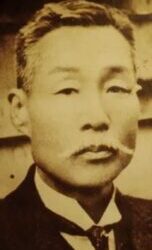
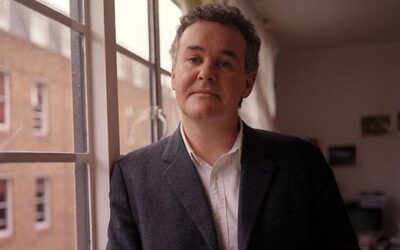
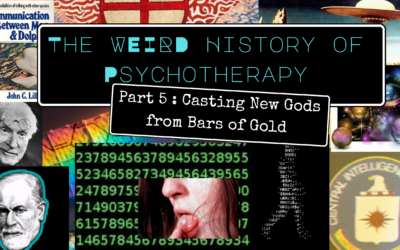

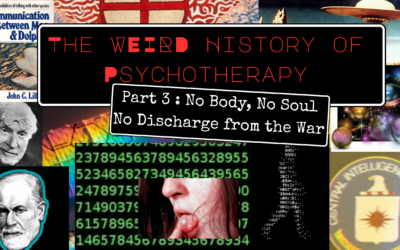
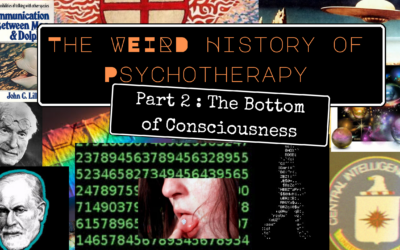
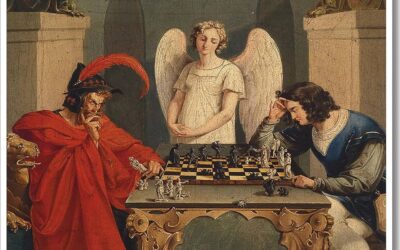
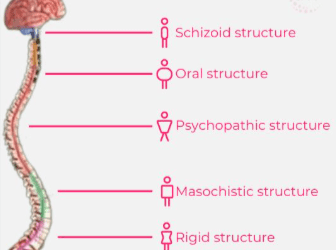




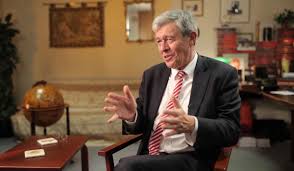
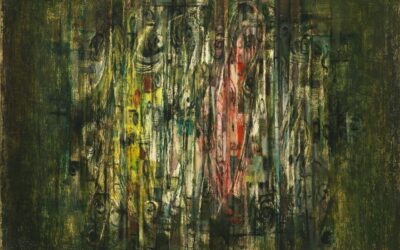
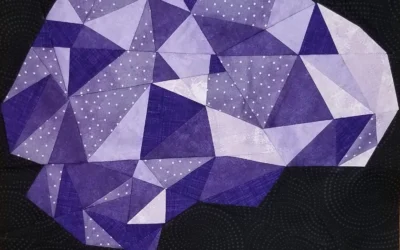


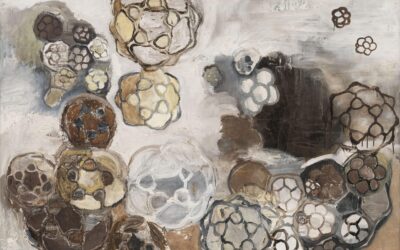
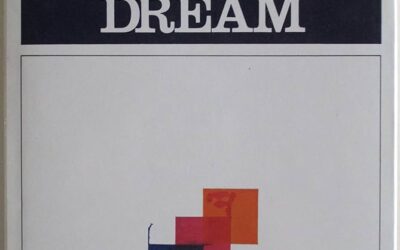

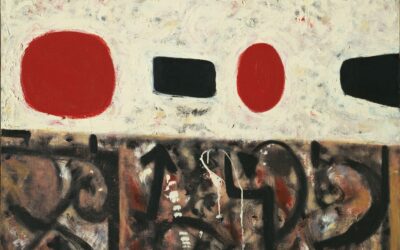
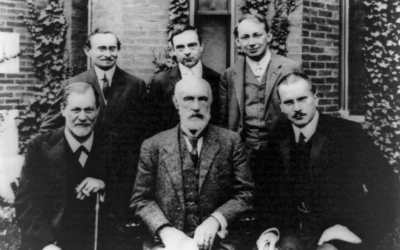
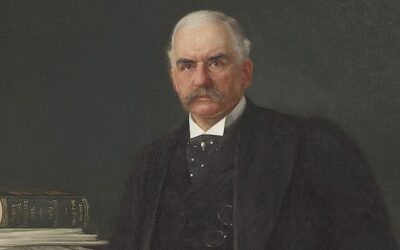
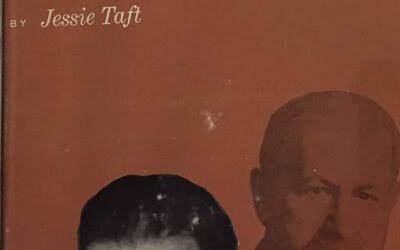
0 Comments